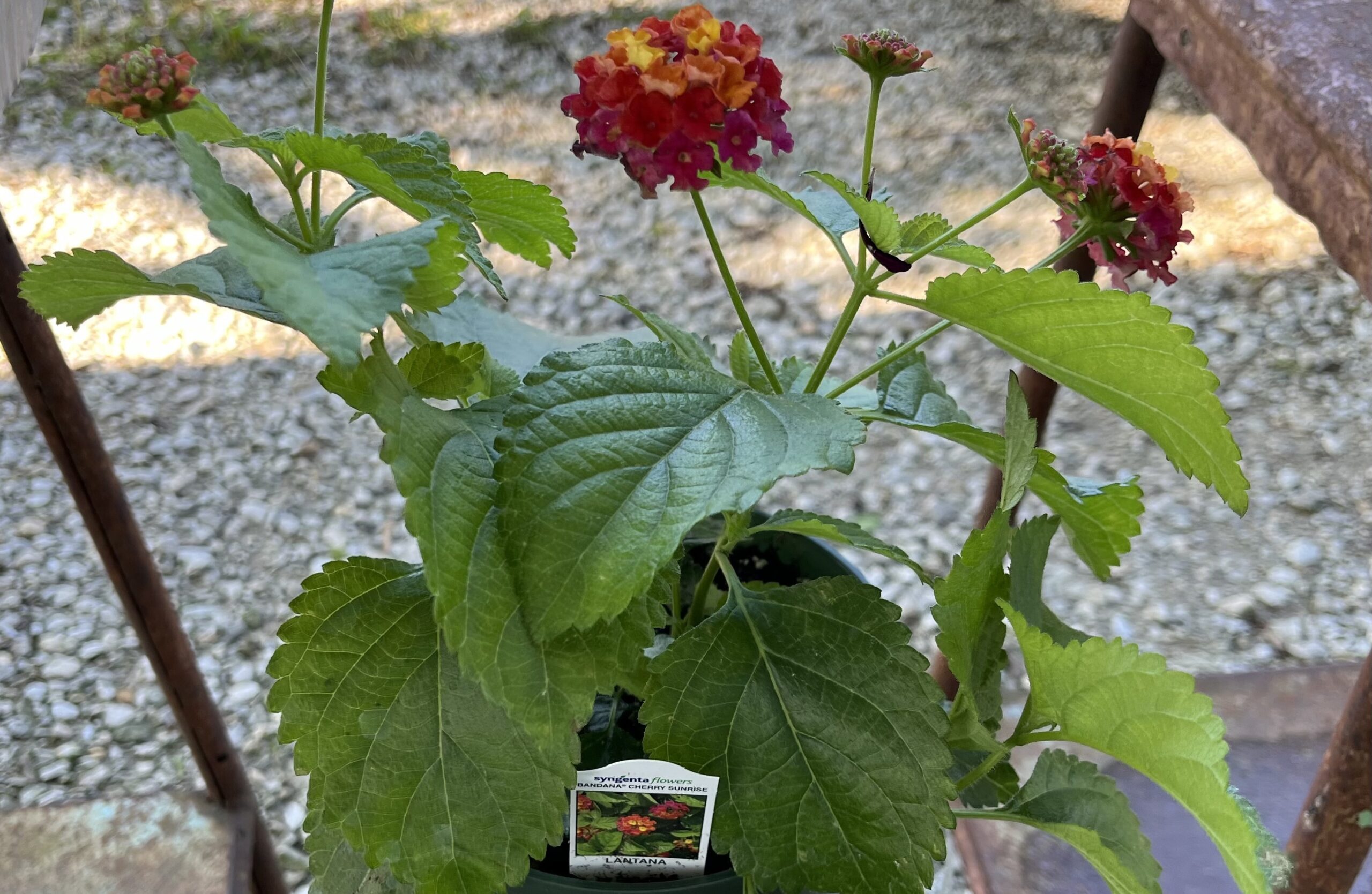The Hort Report: As temperatures rise, it’s time to plant warm-season vegetables, flowers

The weather has been almost normal for this time of year. Many people got some need rain. Hopefully we will all get some in the coming days.
With the day and night temperatures rising each day, we should start to plant some warm-season vegetables and flowers.
I planted Bush green beans in raised beds in the last few days. The soil was ready to plant more beets and potatoes in the garden soil.
A few weeks ago in the Hort Report, I wrote about checking the root systems of plants and that you might want to plant in your garden and flowerbeds. I told you how to improve their root system once you plant them in your garden by using a fertilizer high in phosphorus to help build up the root system.
The fertilizer I use is a water-soluble fertilizer called Ferti-Lome Blooming & Rooting. The ratio of N-P-K is 9-58-8.
Once you begin to plant transplants in the garden or flowerbeds, you can give them even more help when you are planting them into the soil.
People at this time of year will be transplanting mostly vegetables like broccoli, cabbage, cauliflower, peppers and tomatoes. Lay out where you will be planting them in the row, marking each place in the row.
I like to dig the holes with a manual post-hole digger to get a deep round hole, about six to eight inches deep. I like to make the hole larger and deeper than the transplant’s root ball.
With tomato plants, roots will start to form along any part of the stem that is below the top of the soil. I will pick off all the leaves starting at the root ball. Depending on how large the plant is, I will leave five to seven leaves on the plant.
After digging the hole and getting all the garden soil out of it. I will put Garden Magic potting soil in the bottom of the hole, helping the roots off to a great start.
This works with all types of transplants, not just tomatoes. No matter how deep the hole is, I will put some type of potting soil in the bottom of the hole.
The depth of the hole will be determined by the type of transplant you want to transplant, whether it’s a vegetable or flower transplant. Make the hole deep enough and wide enough with potting soil in it. This will allow the roots to grow in a good loose soil.
Put the transplant in the hole and start to fill it with potting soil to about half-full. Put a mix of organic matter grass clippings and garden soil in the hole. This allows water to move through the hole better.
Finish with a mix of potting and garden soil to the top of the hole, then water the transplant in the hole. This allows the soil mix in the hole to get in around the roots of the transplant.
Put more of the potting soil mix around the top of the transplant and water it again, allowing the mix to fill in the top of the soil. Make sure to keep the soil around the plant moist, allowing the plant roots to get all the moisture they can.
After a week, use Blooming & Rooting Fertilizer on the plant. Make sure the soil is moist so the fertilizer will stay in the root zone longer. This also will help keep the plant from fertilizer shock.
Thank you for your questions in the past. I appreciate all of them and look forward to them in the future. You can call me at 573-588-2040, email me at sci63468@hotmail.com, reach me on Facebook at Greenwell’s Greenhouse Group or visit me at Shelby County Implement, Shelbina, Mo. I enjoy people asking me whenever they see me too.
Enjoy the rain and the springtime weather.
Miss Clipping Out Stories to Save for Later?
Click the Purchase Story button below to order a print of this story. We will print it for you on matte photo paper to keep forever.

